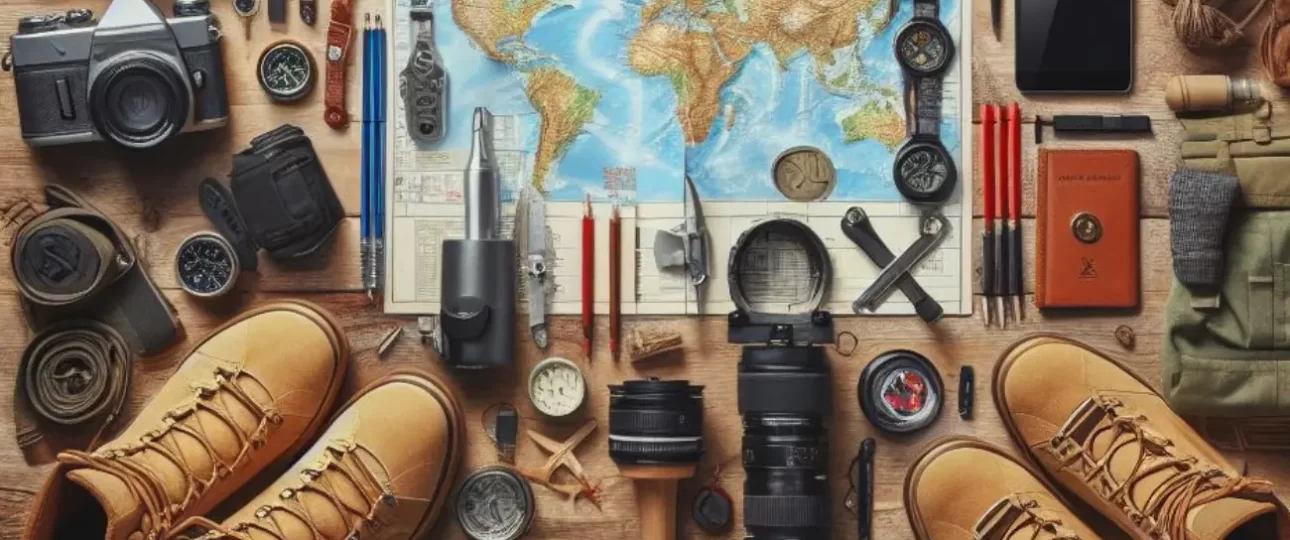What to pack for the Everest Base Camp Trek?
As we all know Everest Base Camp Trek is the most popular trek in the world which attracts thousands of trekkers every year. And maybe you are also one of them who is planning on this trek. However, the EBC trek requires a thorough preparation of everything from costing and training to the packing list.
Hence in this blog today we are discussing about what to pack for the Everest Base Camp Trek. This packing list guide will help you ensure for a smooth EBC trekking experience. Please note that the packing list included here is by means not definitive and is not compulsory as well. It depends on your personal choice, needs, and preferences.
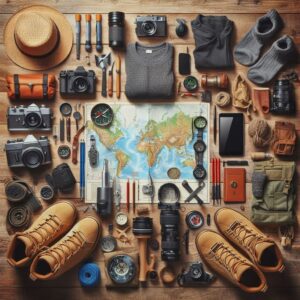
Packing List for the Everest Base Camp Trek
As you prepare to lace up your hiking boots and breathe in the crisp mountain air, it’s essential to be equipped with the right gear and essentials. The Everest Base Camp trek is no ordinary expedition; it’s a test of endurance, a dance with altitude, and an encounter with some of the most awe-inspiring landscapes on Earth.
Whether you’re a seasoned trekker or a first-time explorer, our curated list will ensure you have everything you need to conquer the challenges and savor the triumphs of this remarkable journey. These are the items you need to pack for the Everest Base Camp Trek:
Download the Everest Base Camp PDF File.
Basic Gears and Equipment:
Duffle Bag (Nepal Peak Adventure will provide you with a 50-70 liters duffle bag if you’re trekking with us)
Day Pack (35-45 liters recommended) with waterproof rain cover
Trekking Poles (1 pair)
Four-season sleeping bag (available for rental in Thamel)
Sleeping bag liner (optional)
Dry bags
Quick drying towel
Personal First Aid Kit and Medications:
Our guides will carry a first aid kit (different medications and oximeter) provided by the company. However, you can have your own with the consultation of your doctor.
Water bottle / Water bladder
Water purification tablets or steripen
Hydration supplements
Headwear:
Beanie (1 Nos)
Sun hat or Cap (we provide a free company cap) (1 Nos)
Polarized Sunglass (1 Nos)
Buff/Neck Gaiter (1 Nos)
Headlight (1 Nos)
Body Wear:
Insulating layers/thermal wear (2 pairs)
T-shirt (2 pairs)
Full sleeve t-shirt (thin and thick) (1 each)
Waterproof and windproof outer layers (1 Nos)
Fleece jacket (1 Nos)
Down jacket (Company provides)
Lower Body:
Hiking Pants (2 pairs)
Comfortable pants for the teahouses (1 Nos)
Hiking shorts (optional)
Waterproof and windproof pant (optional)
Hand Wears:
Fabric liner gloves (1 pair)
Hard-shell outer glove (1 pair)
Feet Wears:
Fabric warm socks (2/3 pairs)
Hiking socks (2/3 pairs)
Trekking boot high ankle with a good grip recommended (1 pair)
Casual shoes for the teahouses
Gaiters (optional)
Personal Utilities:
Undergarments (according to your needs)
Pajamas or sleeping clothes (optional)
Sunscreen cream
Toothbrush, toothpaste, and mouthwash
Toiletries
Snacks (chocolates, dry fruits, energy bars, etc.)
Feminine hygiene products as per needs
Soap and deodorant
Shampoo
Hand sanitizer and wet wipes
Face and body lotion
Lip Guard
Hairbrush
Additional Supplies:
Playing cards
Power banks
Books
Camera, batteries, and memory card
Journal and pen
Documentation:
Valid passport and necessary permits
Nepal visa
Extra passport-sized photos
Travel insurance details
Emergency contact information
Money (local currency and small denominations)
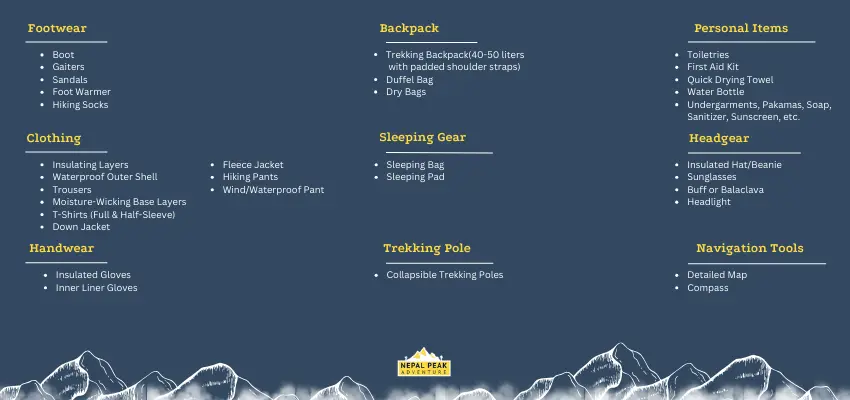
Best Tips for the Everest Base Camp Trek Packing List
Now that you know what to pack for the Everest Base Camp Trek it is equally important to know some of the most effective tips for the packing list.
1. Prioritize Layering:
The Himalayan weather in the Everest is notoriously unpredictable. So, pack versatile, moisture-wicking base layers, insulating mid-layers, and a waterproof outer shell to stay comfortable in changing conditions.
2. Invest in Quality Footwear:
Your choice of trekking boots can make or break your journey. Opt for sturdy, waterproof boots with excellent ankle support. Break them in before the trek to avoid blisters.
3. Pack for All Seasons:
Even in the spring or fall, temperatures can vary significantly. Include both warm and cool-weather clothing, such as a down jacket for chilly evenings, and lightweight, breathable options for warmer days.
4. Don’t Forget the Essentials:
Essential items include a well-fitted backpack, a quality sleeping bag suitable for cold temperatures, a headlamp with extra batteries, and a trekking pole for added stability on challenging terrains.
5. Hydration is Key:
Staying hydrated is crucial at high altitudes. Bring a reusable water bottle and consider a water purification system. Electrolyte supplements can help combat altitude-related challenges.
6. Protect Against the Sun:
The Himalayan sun can be intense. Pack a high SPF sunscreen, lip balm with UV protection, and quality sunglasses to shield yourself from the strong UV rays at higher altitudes.
7. Embrace Tech with Caution:
While gadgets can be useful, be mindful of battery life in cold temperatures. Bring a power bank, keep electronics close to your body to maintain their charge, and consider a solar charger for longer treks.
8. Include First Aid Essentials:
Prepare for minor injuries with a well-stocked first aid kit. Include blister treatment, pain relievers, and any personal medications. It’s also wise to carry a basic medical manual.
9. Respect Local Culture:
Modesty is valued in the Everest region. Pack clothing that covers your shoulders and knees, especially when visiting monasteries. A lightweight scarf or shawl can be useful in various situations.
10. Document Your Journey:
Bring a camera or smartphone to capture the breathtaking landscapes, but also consider a journal to record your thoughts and experiences. Documenting your trek adds a personal touch to the adventure.
Remember, the key to a successful Everest Base Camp trek is a well-thought-out packing list that balances comfort, safety, and practicality. Tailor your list to your personal preferences and needs, and most importantly, enjoy the journey to the top of the world!
Know about the weight restrictions
It is important to know about the weight restrictions before you start packing for the EBC trek. When flying to Lukla from either Kathmandu or Ramechhap, strict weight restrictions apply to the aircraft. The combined weight of your luggage and hand-carry must not exceed 15 kg, with a breakdown of 10 kg for luggage and 5 kg for hand-carry. Any excess weight incurs additional fees per kilogram.
Similarly, it’s essential to be mindful of weight restrictions for porters if you’re booked through trekking agencies. Typically, they limit the load to 15-20 kg. Therefore, it’s advisable to pack wisely and keep your belongings as light as possible.
Options to buy or rent in Kathmandu
Avoid purchasing all your trekking gear in your home country. Upon arriving in Kathmandu, where you’ll likely stay in Thamel, take advantage of the numerous trekking gear shops lining the streets. Here, you can easily find and purchase the essential trekking equipment at competitive prices.
If you’re on a tight budget, consider the option of rentals. From sleeping bags to trekking shoes, you can rent out most items. Consult with your booked company or guide for information on rentals and recommended trekking shops. They often have connections with various stores and can secure better prices for you.
What are the best backpack options for the Everest Base Camp Trek?
Choosing the right backpack for the Everest Base Camp trek is crucial for comfort and functionality. So when choosing a backpack, we suggest you consider factors such as your body size, the duration of your trek, and the items you need to carry. It’s also recommended to try on the backpack before purchasing to ensure a proper fit and comfort during your Everest Base Camp trek.
Here are some popular and reliable backpack options from reputable brands:
Osprey Atmos AG 65
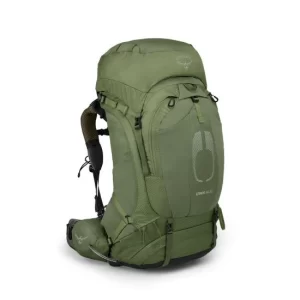
Arc’teryx Bora AR 63
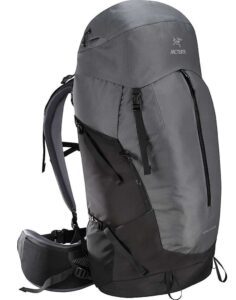
Deuter Aircontact Lite 65+10
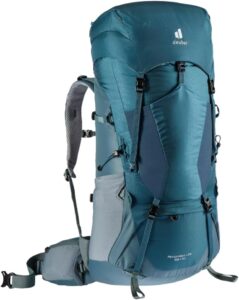
The North Face Banchee 65
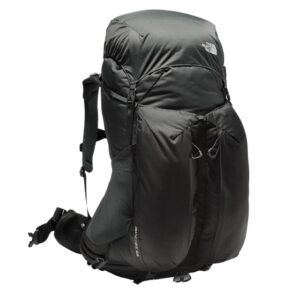
Gregory Baltoro 65
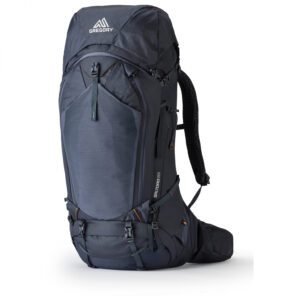
Patagonia Ascensionist 55L
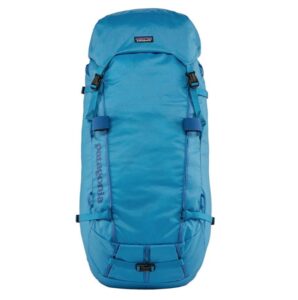
Note: If you choose to book the trek through trekking agencies such as Nepal Peak Adventure, we will furnish you with 65-70 liters of duffel bags. These will be shouldered by the porter, eliminating the necessity for any backpack on your part. In this case, you won’t need any kind of backpack, all you will need is a daypack only for the trek.
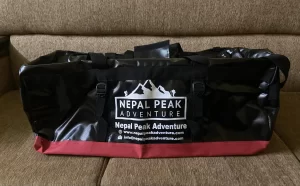
What size daypack for the Everest Base Camp Trek?
As for the day pack it’s recommended to bring a day pack that is around 20 to 30 liters in size. This size provides enough space to carry essential items for day trips and side excursions during your trek.
A 20 to 30-liter day pack offers enough room for essentials like water, snacks, extra layers, a camera, and personal items without being overly bulky.
Popular brands like Osprey, The North Face, and Deuter offer a variety of day packs suitable for trekking in the Everest Base Camp region.
Also, choose a day pack with padded shoulder straps and a hip belt for added comfort, especially if you plan on carrying it for extended periods.
And, look for a pack with multiple compartments and pockets for better organization. Consider a hydration system or a pocket for a water bottle to stay well-hydrated during day trips.
Ensure that the day pack is made from durable and water-resistant materials to withstand the varying weather conditions of the Everest region.
Do you need a sleeping bag for Everest Base Camp Trek?
Yes, a sleeping bag is compulsory and an essential item for the Everest Base Camp trek. The trek involves staying in teahouses along the route, and while they provide basic bedding, having your own sleeping bag is crucial for both hygiene and warmth. The teahouses may not always have enough blankets, and temperatures can drop significantly, especially at higher altitudes.
Choose a sleeping bag that is suitable for cold temperatures, preferably rated for sub-zero temperatures, as it can get quite chilly during the night. Ensure that your sleeping bag is lightweight and easily packable, as you’ll need to carry it with you throughout the trek.
Here are some reputable brands and types that are commonly recommended for trekking in the Everest region:
The North Face Inferno Series
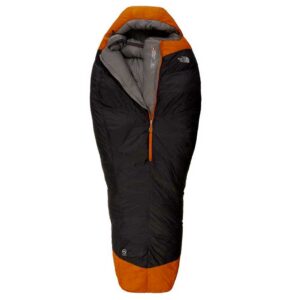
Mountain Hardwear Phantom Series
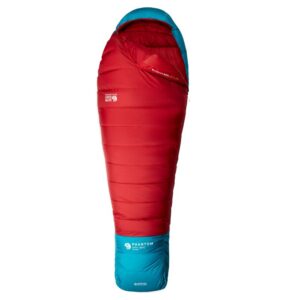
Western Mountaineering UltraLite
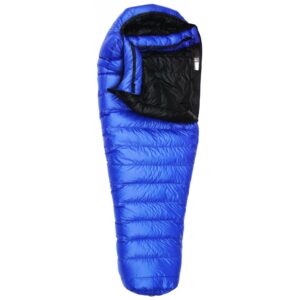
Marmot Col -20 Sleeping Bag
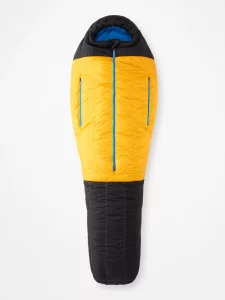
REI Co-op Magma 15 Sleeping Bag
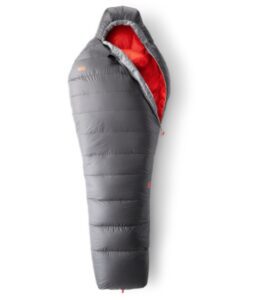
Sea to Summit Trek TkI
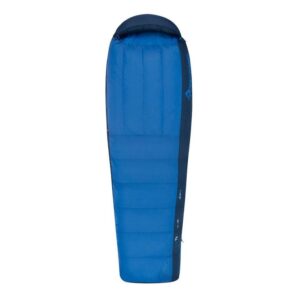
Feathered Friends Snowbunting EX 0°
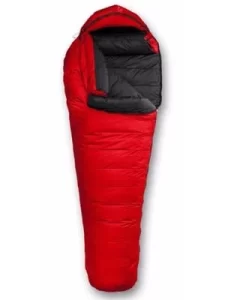
Note: You can buy one of these sleeping bags or can easily be rented on the Thamel.
Which Hiking Boots To Wear For Everest Base Camp Trek?
When choosing hiking boots for the Everest Base Camp trek, you should consider factors such as ankle support, waterproofing, and insulation. It’s important to break in your boots before the trek to avoid discomfort and blisters during the journey. Because remember that you have to walk at least 5-6 hours daily on average for the 12 days.
Additionally, choose boots that are compatible with your preferred sock system and consider the weather conditions during your trekking season.
Here are some reputable brands and models that are commonly recommended for Everest trekking:
La Sportiva Nepal Cube GTX
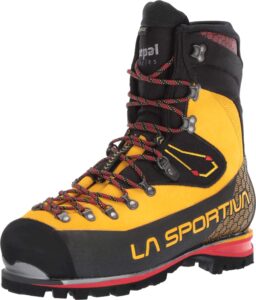
Salomon Quest 4D 3 GTX
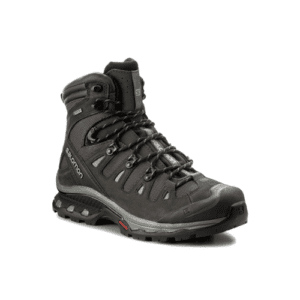
Scarpa Zodiac Plus GTX
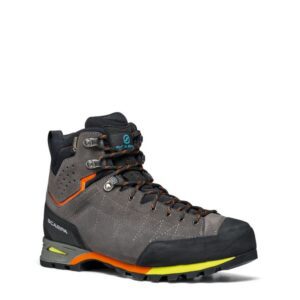
Merrell Moab 2 Ventilator Mid
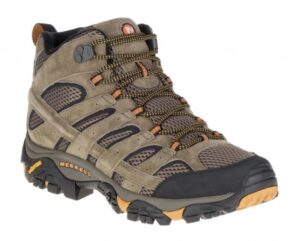
Asolo Fugitive GTX
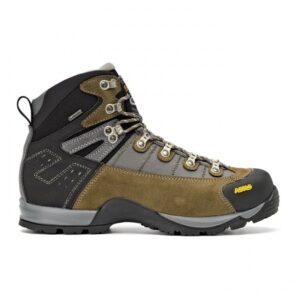
Hoka One One Sky Toa
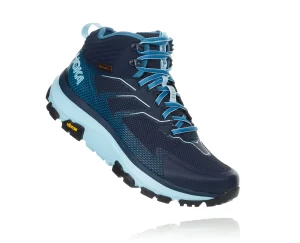
Keen Targhee III Mid
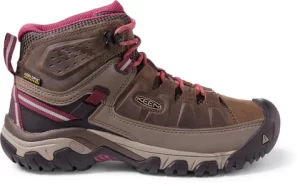
Do you need waterproof shoes for Everest Base Camp?
Yes, waterproof shoes are highly recommended for the Everest Base Camp trek. The trek involves various terrains and unpredictable weather conditions, including the possibility of encountering rain or snow. Waterproof shoes, such as Gore-Tex or other waterproof and breathable materials, provide protection against moisture, keeping your feet dry in wet and snowy conditions.
Also, there are several river crossings along the trekking routes, and waterproof shoes provide an added layer of protection when navigating through waterlogged areas.
Basic Technique for Packing
Effective packing techniques can help maximize space, organize items, and make your load more manageable, especially for a trek like the Everest Base Camp. Here are some packing techniques to consider:
1. Roll your clothes instead of folding them to save space and minimize wrinkles.
2. Use compression bags for bulky items like sleeping bags and jackets. These bags remove excess air, reducing the overall volume of your packed items.
3. Group similar items together in packing cubes to stay organized. This makes it easier to locate specific items without unpacking your entire bag.
4. Place heavier and bulkier items at the bottom of your backpack. Layer lighter and more frequently needed items on top for easy access.
5. Fill the empty spaces inside shoes with socks, accessories, or small items. Make use of every available space to optimize packing efficiency.
6. Use stuff sacks for items like toiletries or smaller gear. These sacks help keep similar items together and make packing and unpacking more convenient.
7. Distribute the weight evenly in your backpack to maintain balance. Place heavier items closer to your back for better stability.
8. Utilize the outer pockets of your backpack for quick access to essential items. Keep items like a water bottle, snacks, or a camera easily reachable.
9. Last but not least, always keep important documents, electronics, and valuables in a secure and easily accessible part of your backpack.
In case we forget something to pack
In the event that you inadvertently forget to pack certain items, gear, or clothing essentials, rest assured that Namche Bazaar offers a variety of shops catering to diverse trekking needs. From clothing to equipment, Namche has a range of stores where you can purchase the items you may have overlooked. This allows for a degree of flexibility, ensuring you can acquire any necessities along the way and continue your Everest Base Camp trek comfortably.
You will arrive in Namche on your second day of the trek from Phakding. Additionally, if your arrival coincides with a Saturday, you can make the most of the Saturday market. This market often provides an opportunity to acquire various items at more affordable prices, allowing you to supplement your gear or replace anything you may have inadvertently left behind. Namche Bazaar serves as a reliable resource for last-minute essentials, ensuring you can continue your Everest Base Camp trek well-prepared and without unnecessary worries.
Is there anything we overlooked? Feel free to share with us in the comments below!
